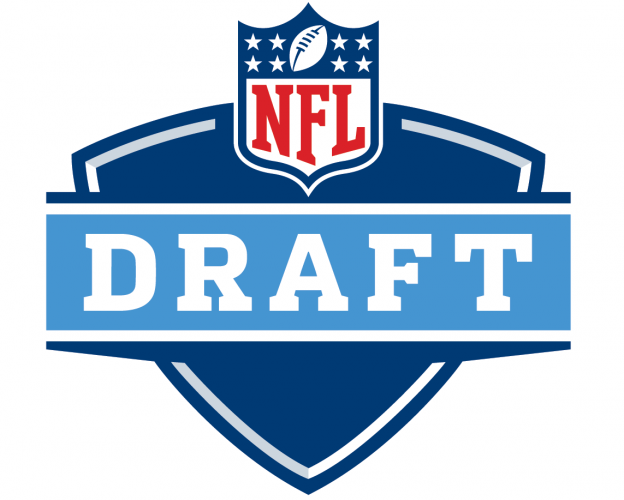Building an NFL roster has several layers
- Updated: April 16, 2014

Most fans view the NFL Draft in a much too simplistic manner. To them, it is as simple as: what is our most immediate need and did we fill it?
Hard-core NFL fans, and I’m sure all readers of footballmemo.com, know there is much more to building a good NFL roster. Teams looking for a quick fix usually don’t draft well. The NFL Draft is a multi-layered means of building a consistent team that can challenge every season.
Aside from knowing your team’s glaring weaknesses, here are four vital keys to analyzing what your team really needs when the draft comes round:
- Know your team’s roster top to bottom: This doesn’t mean just knowing all the top players, or just the starting units. I hear this all the time after drafts: Why would we draft a linebacker? We have this guy, this guy and him! My answer: How are your backups? Or: Isn’t this guy getting a little old? While it may not seem like your team needs a linebacker, because your starters are all good players, but what happens if one … or two gets injured or suddenly begins to show his age. Good teams don’t wait until injuries or decline happens. That’s why players 30-53 on the roster are more important than ever before.
- Know contract status of current players: The Pittsburgh Steelers, beginning in the mid-90s, were masters at building positional depth in places that not many others thought were need areas. They would be out in front of the situation by a season or two, and it wasn’t until a few years after that draft, would it become crystal clear why they took that specific player. It usually was because they knew they weren’t going to be able to re-sign a Joey Porter or a Jason Gildon. But foresight had a Lamar Woodley and/or James Harrison waiting in the wings.
- Know your team’s current offensive and defensive systems and philosophy: Some players can transcend positional or philosophical differences or limitations. We should get a view of whether the Houston Texans think Jadeveon Clowney can play outside linebacker in a 3-4 defense. If they do, I would guess he’d be the No. 1 pick. If not, look for Khalil Mack, who is a more natural fit as a 3-4 backer, or a quarterback to be the selection. Good coaches and organizations can find a place for great players to thrive. But there are some situations where you just can’t fit a square piece into a round hole.
- Be patient! Realize there is more than one way a player can help your team throughout his career: Not every player will walk into training camp, claim a starting role, and keep it for 10-plus seasons. Some players begin on a practice squad or deep on the depth chart. Some make their initial impression on special teams or in sub packages on defense. Then in a few years, they are starters and you never remember the year or two they were just trying to make the roster. The reality is: some players just aren’t even close to being finished products coming out of college. Some are near their ceiling, and some just need time and coaching to realize their potential.



